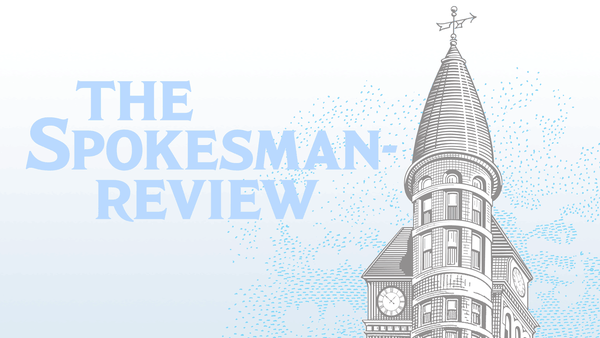Inadequate funding over the past 25 years has left needed road maintenance uncompleted and could result in higher future repair costs, Washington transportation officials said this week.
Troy Suing, director of capital program development and management for the Washington State Department of Transportation, told members of the state Transportation Commission on Wednesday that the state is “in the early stages of critical failure for really a lack of funding.”
“We really feel that preserving the highway system is fiscally responsible; there are billions of dollars at stake with current assets, and billions that are needed to maintain the state highway systems,” Suing said. “It will require significant additional investment to keep up with the failures that we continue to see and really get us ahead of, and be proactive, in how we manage our assets across the state.”
According to the presentation, the agency will need an additional $8 billion over the next decade for preservation, and up to $400 million per biennium for operations and maintenance.
“We really feel that that would change the trajectory,” Suing said. “We need to change the trajectory for funding for preservation.”
The need for additional repairs, the presentation shows, is widespread.
According to Suing, nearly 40% of the 20,679 highway lane miles the agency oversees are either due or overdue for repaving, while the average age of the state’s 3,427 bridges now stands at 52 years.
While the average lifespan of a bridge is considered to be 75 years, nearly 10% of the bridges in the state are more than 80 years old.
WSDOT considers 10 bridges in Spokane County to be in “poor condition,” which the agency describes as showing “advanced deficiencies such as section loss, deterioration, cracking, spalling, scour, or seriously affected primary structural components.”
Across the state, 9.9% of the bridges the agency oversees are in poor condition, while more than half are considered to be in either fair or poor condition.
“That figure is just going to grow until that funding gets up into that green zone,” said Steve Roark, Olympic Region administrator for WSDOT. “There’s a real cost to underfunding preservation. Restoring a bridge costs a lot more once it’s deteriorated. We never get that steel back once it starts corroding.”
These bridges, Suing said, do not pose a safety risk for the drivers who rely on them.
“All of our bridges that are open are safe. They’re safe to drive on,” Suing said. “There’s no question about it. If they’re open, they’re safe.”
While they do not pose a safety risk, they do raise the potential for disruption to federal funding.
At current funding levels, 11.2% of the state’s bridges will be in poor condition in 2030, while a lack of maintenance would mean 15% of the state’s bridges would be classified as in poor condition, scenarios that could both cause issues with funds from the Federal Highway Administration.
Suing said that when more than 10% of a state’s bridges are designated as “poor,” the agency becomes “very interested” and “could restrict our federal funding and where that federal funding is put.”
Repairing the state’s bridges, Suing said, will take a “long-term commitment and not a shot in the arm.”
Earlier this year, the Legislature approved a transportation budget that will raise billions of dollars through a 6-cent higher gas tax and increase in car registration fees for electric vehicles and hybrids, and shifted 0.3% of the state’s sales tax, about $800 million a year, to the transportation budget.
This summer, the state gas tax was increased to 55.4 cents per gallon, and will rise by 2% annually to account for inflation. It was the first time the state’s gas tax had been adjusted since 2016.
As the budget passed, the state’s transportation budget writers said the additional revenue would provide much-needed funds for road maintenance and preservation, and fund ongoing and planned construction projects.
Home Transportation State highway system in ‘early states of critical failure,’ needs billions in...


